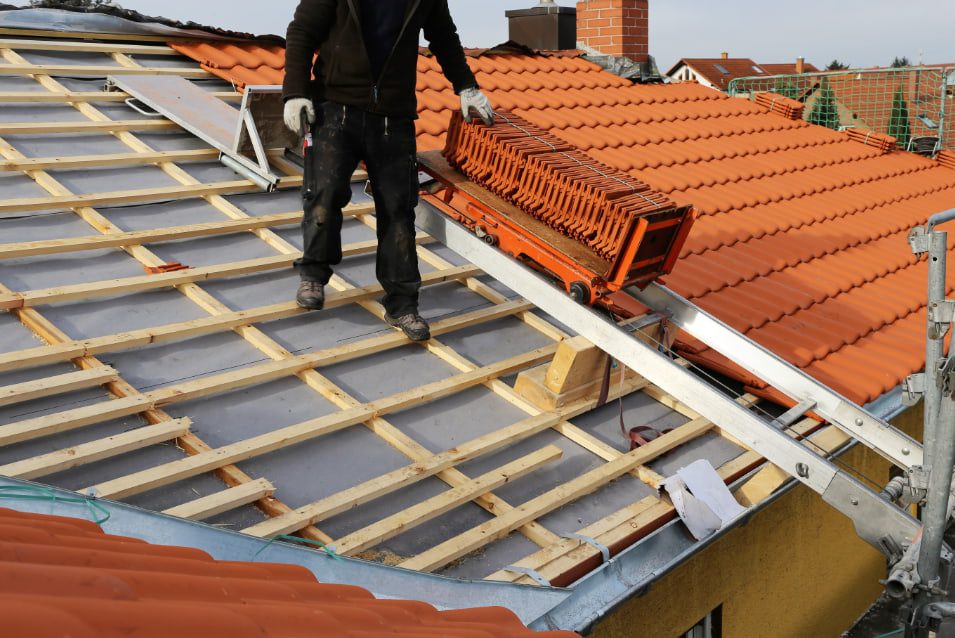Shipping Container Homes: Cargotecture Pros and Cons
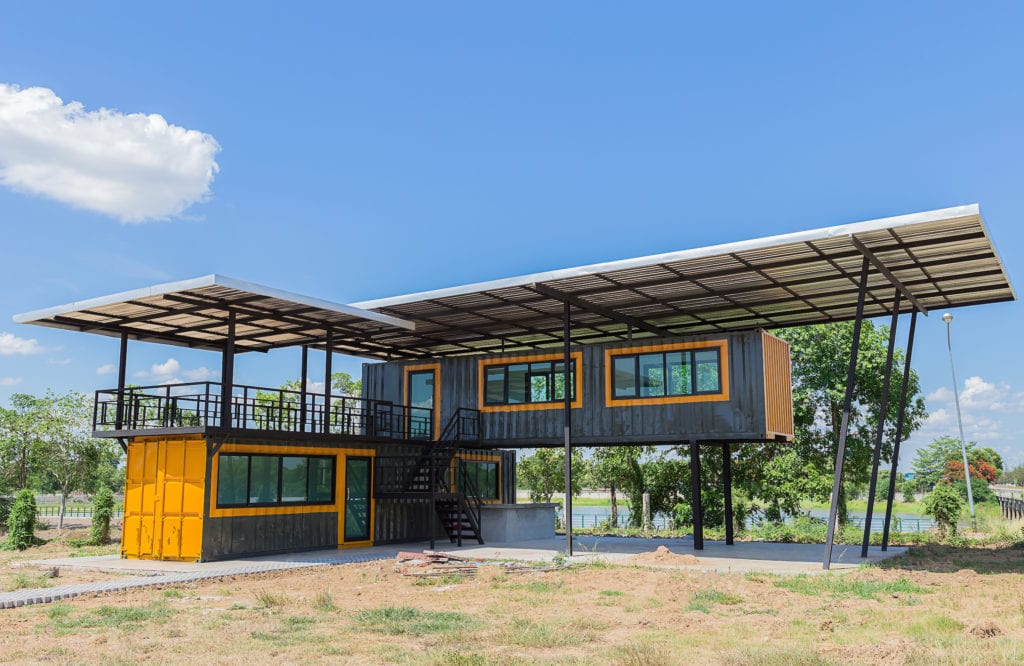
Shipping container homes might seem like a New Age option, but purchasing a DIY home isn’t as rare as you might think. In fact, Sears sold entire home kits to would-be homeowners in the early 1900s. Minimalist dwellings of the DIY variety might have a different appeal today, but the idea is the same: thinking outside of traditional construction can result in more affordable housing.

shutterstock
All About Cargotecture
“Cargotecture” refers to the practice of reusing shipping cargo containers to create dwellings. Because they’re made from strong metal and aluminum, shipping containers can form a nearly indestructible home. And, since they’re plentiful and cheap to buy, shipping containers can keep housing costs low. Although the homes built are far from ornate, the containers can create the basis for a sleek, modern abode that keeps costs low and limits environmental impact.
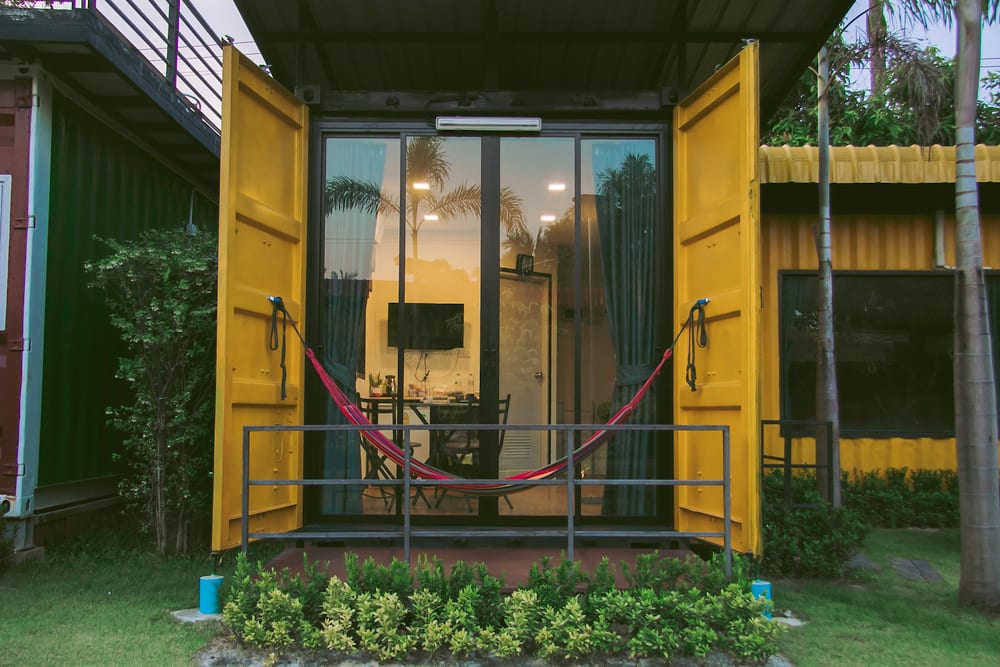
shutterstock
Shipping Container Homes: The Good
Shipping containers simplify the building process. With four strong walls already in place, you’re essentially fast-tracked to the design stage of your home. Here are some of the other benefits of using shipping containers:
- They’re mobile. Without a foundation, there’s nothing holding a shipping container home down. They’re meant to be portable, which means you can ship and move them as you want. While you may need special equipment to get from point A to point B, shipping containers keep you mobile.
- They’re custom designed. Even though they may seem simple, you can customize shipping containers to create the perfect layout for your home. Some owners even stack and splice several containers together so they aren’t limited by the size and shape of the initial space. Consulting a designer familiar with shipping container homes can help you decide on the size and layout of your home,
- They’re easy to find. Shipping container homes are made from recycled shipping containers, which are easy to find. You can simply run a search for container brokers in your area or even find them on online classifieds. Just make sure to look for a container that is watertight and was never used to transport hazardous materials. You can find containers that have been very lightly used or never used at all.
- They speak to a minimalist mindset. For homeowners who want to reduce their carbon footprint and environmental impact, cargotecture makes sense. Recycling the basic structure is inexpensive and keeps metal out of landfills. The size and shape of shipping containers also make for lower energy costs.
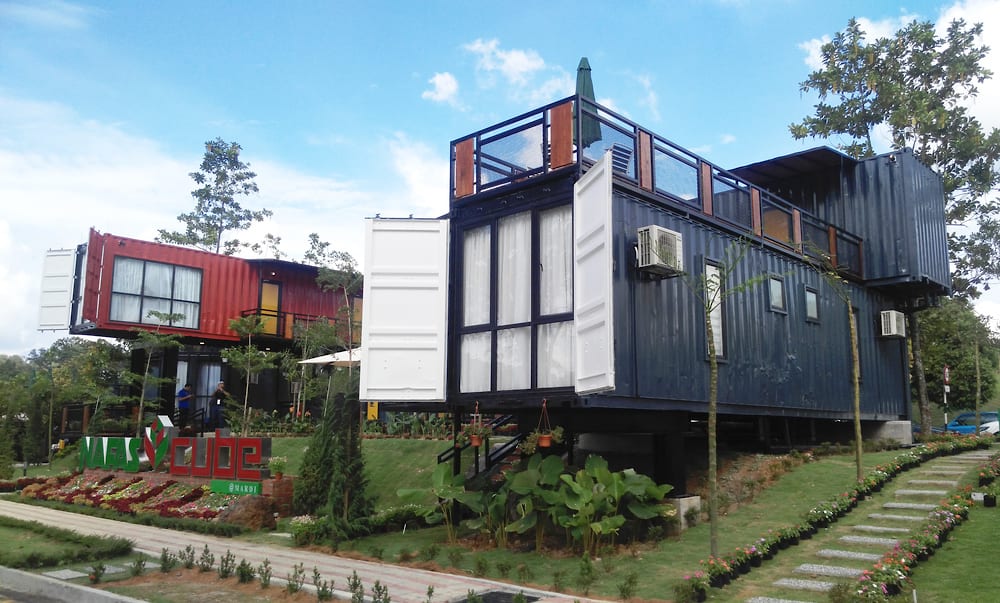
shutterstock
Shipping Container Homes: The Bad
Environmentally friendly and cheap? What’s not to love? Before you decide to build a DIY shipping container home, however, there are few things to consider:
- Insulation and condensation. Typical building materials like wood, stone and composites are extensively tested for strength and integrity. Metal shipping containers aren’t designed for living space. This means you could run into issues like a lack of insulation, wind resistance and even condensation buildup. Working with a builder can help you choose and prep the right container for your weather and location.
- Tricky building codes. Shipping containers are highly portable, but that doesn’t mean you can just plop one anywhere. Local building codes could limit the use of smaller homes or homes built with nontraditional materials. You’ll need to research your county and town building codes before deciding to go with cargotecture. What’s more, you may need to hire a driver with a truck license to move your shipping container from place to place.
- Contractor concerns. When it comes to shipping containers, not all contractors are created equally. Most contractors are unfamiliar with cargotecture and may not know how to navigate the terrain when it comes to planning and building. Make sure you choose a builder who has worked with shipping containers before to ensure the process goes smoothly and stays on budget.
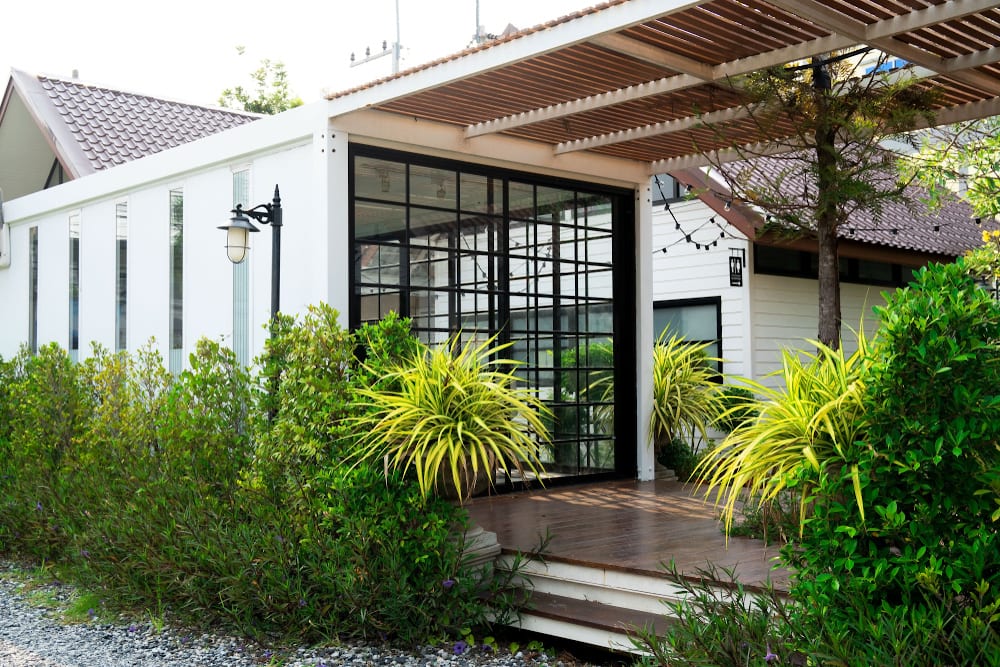
shutterstock

